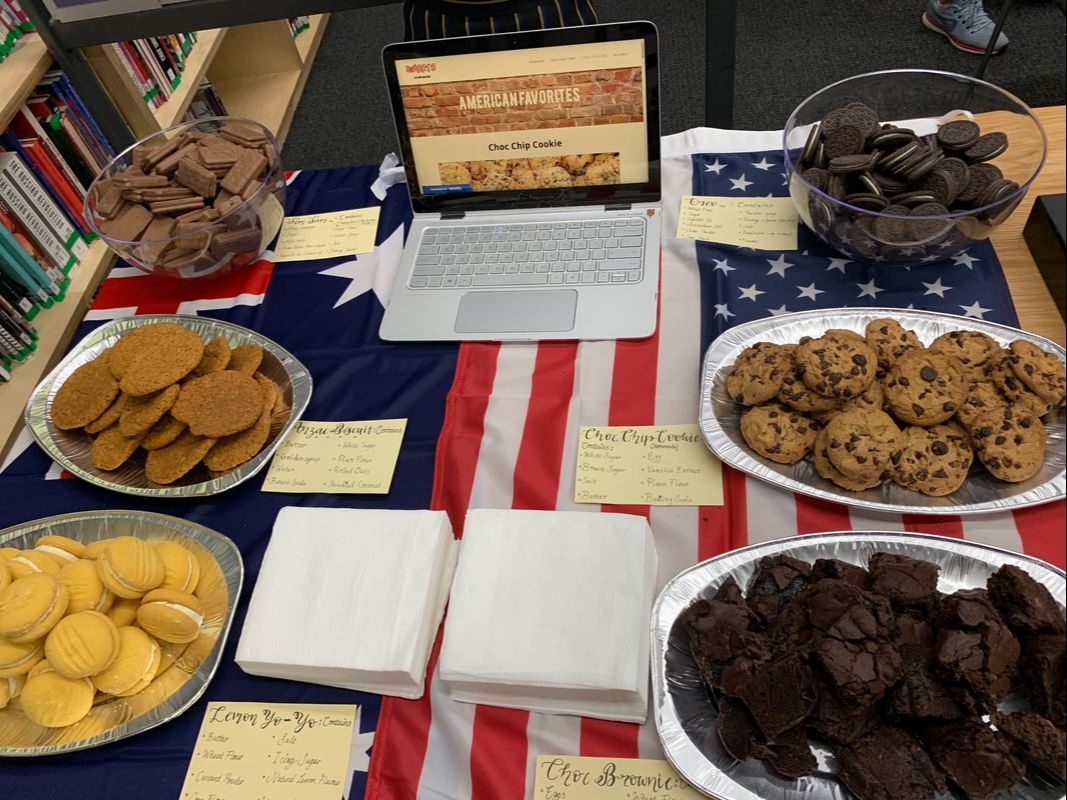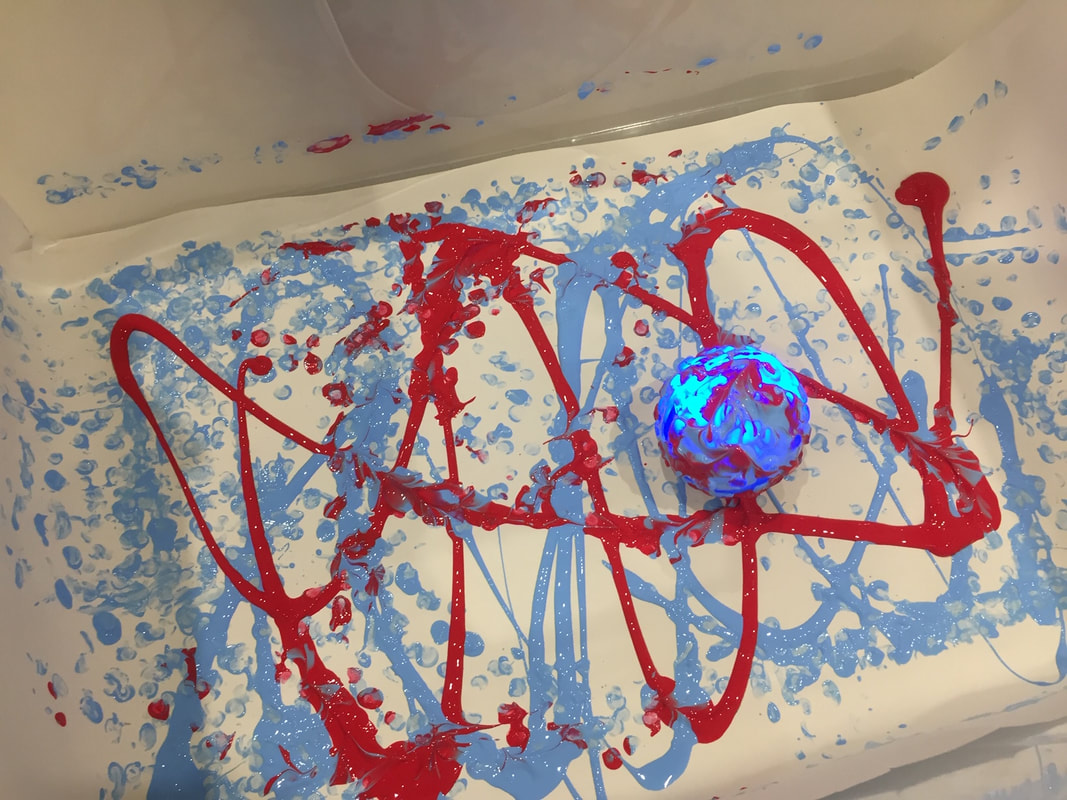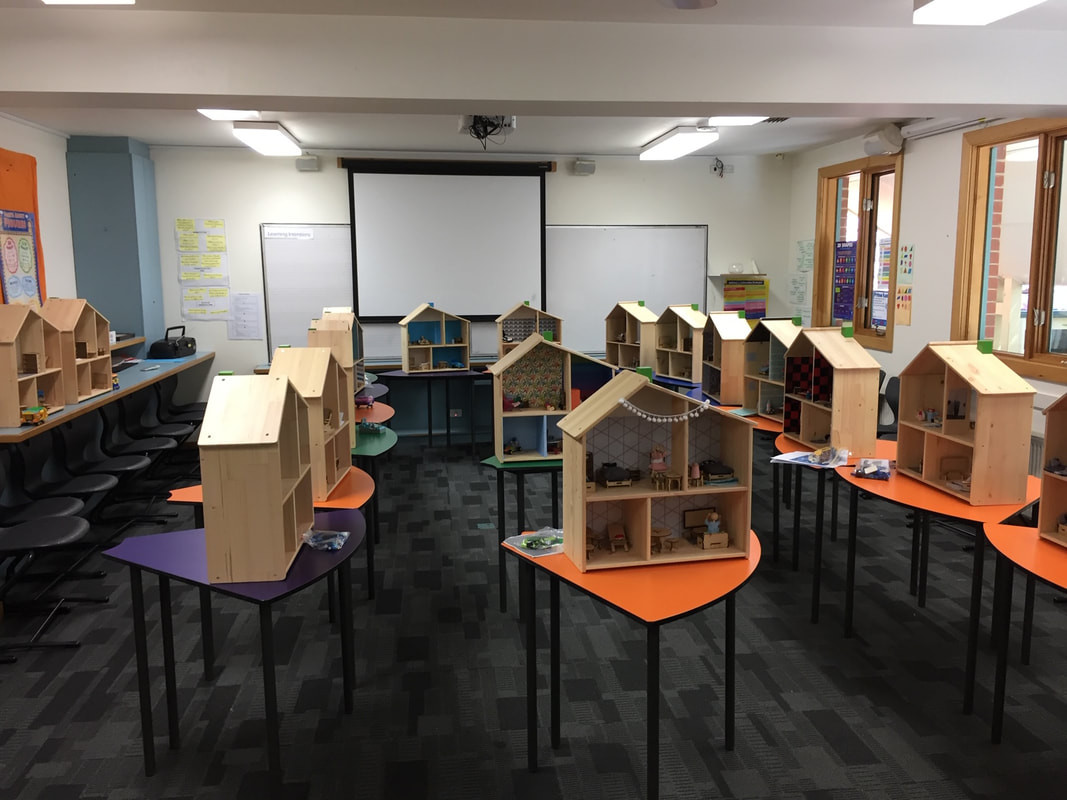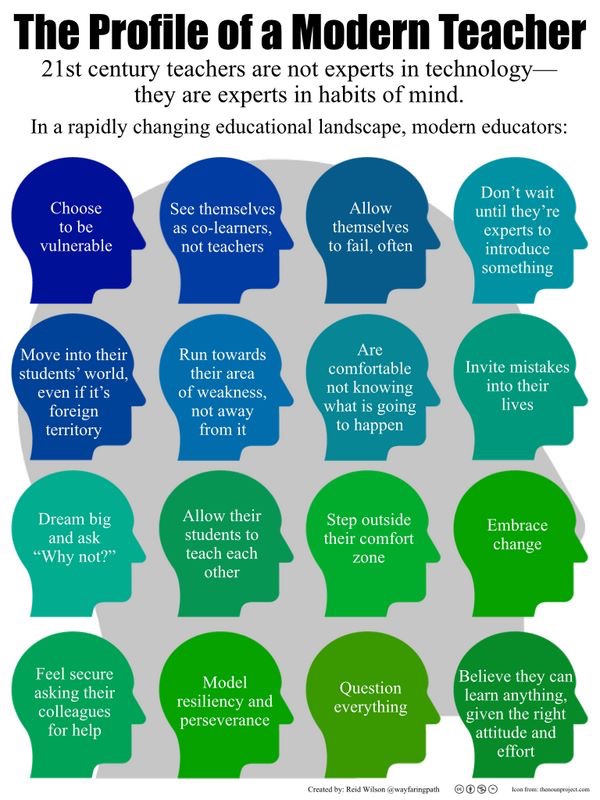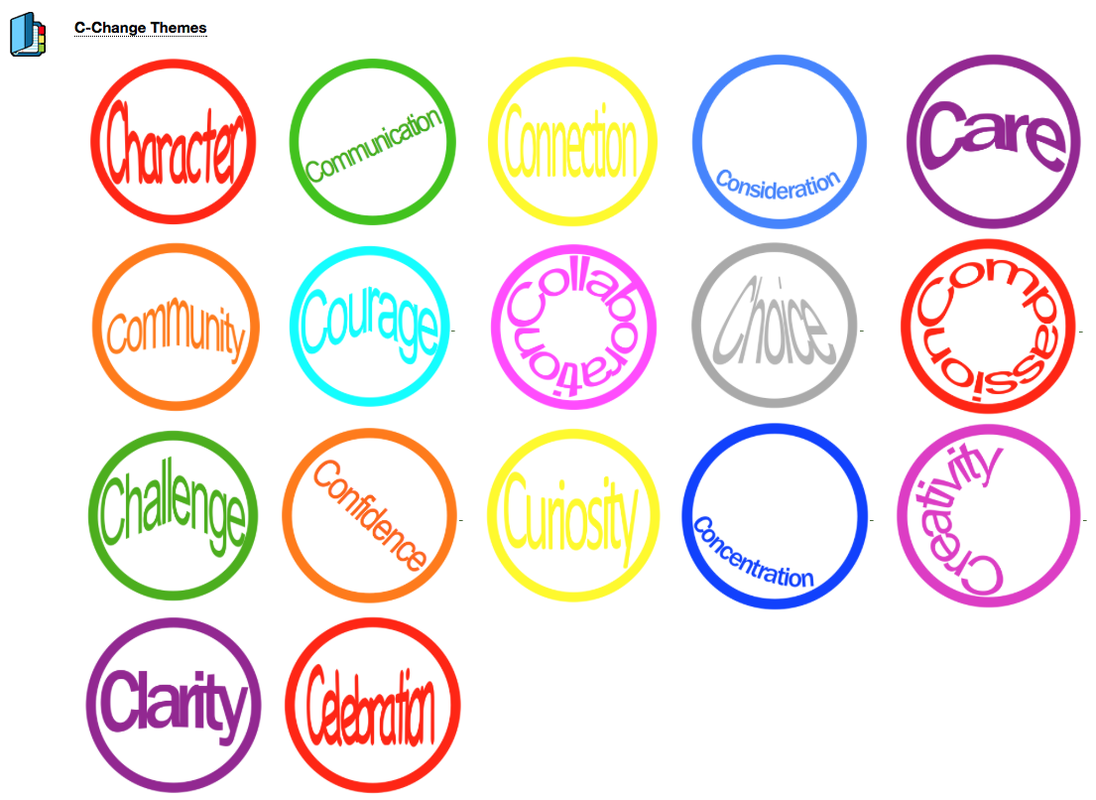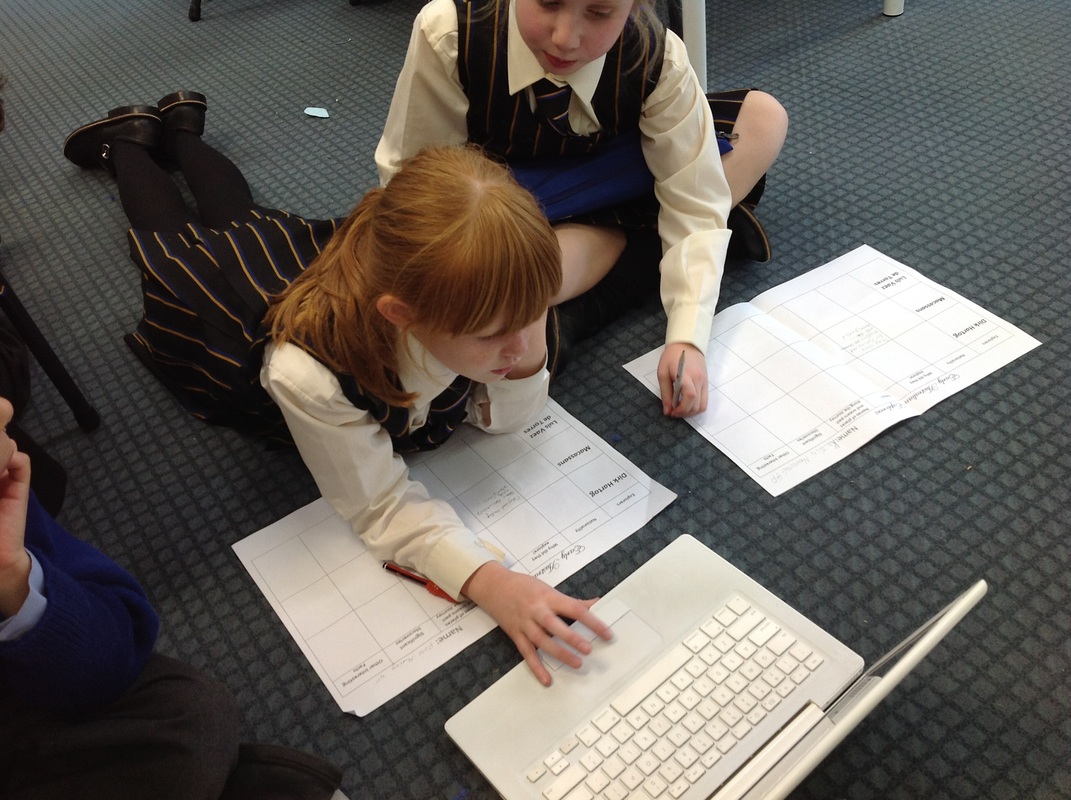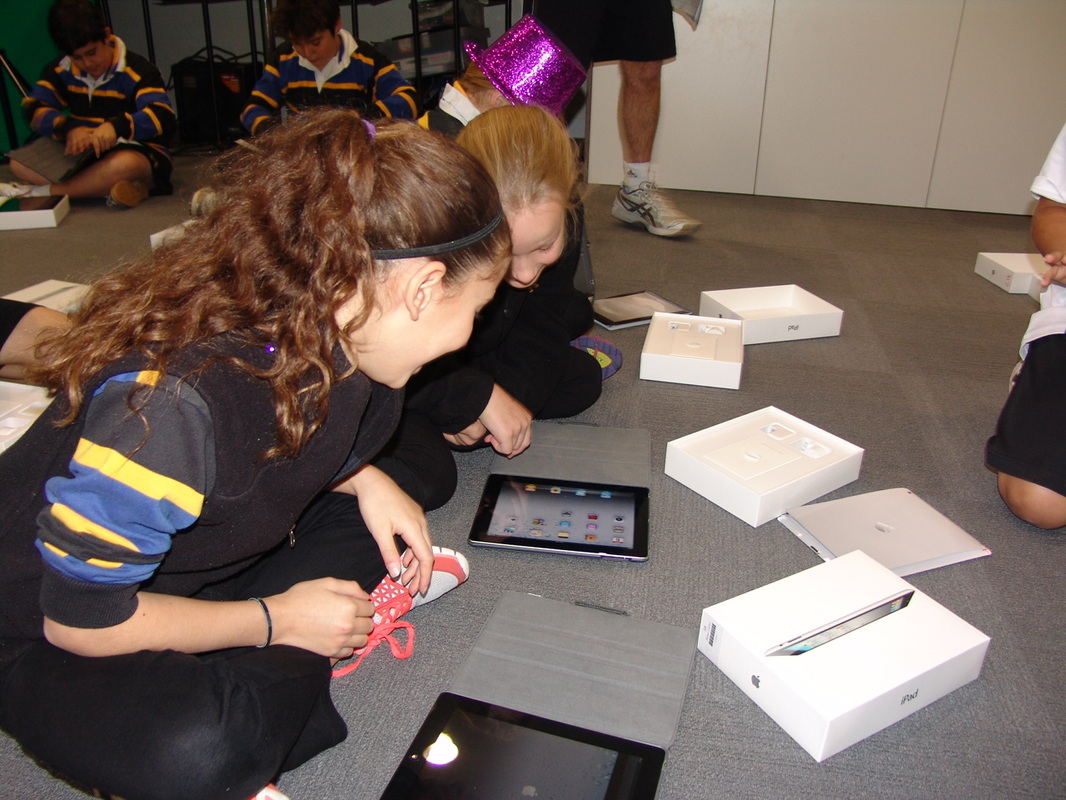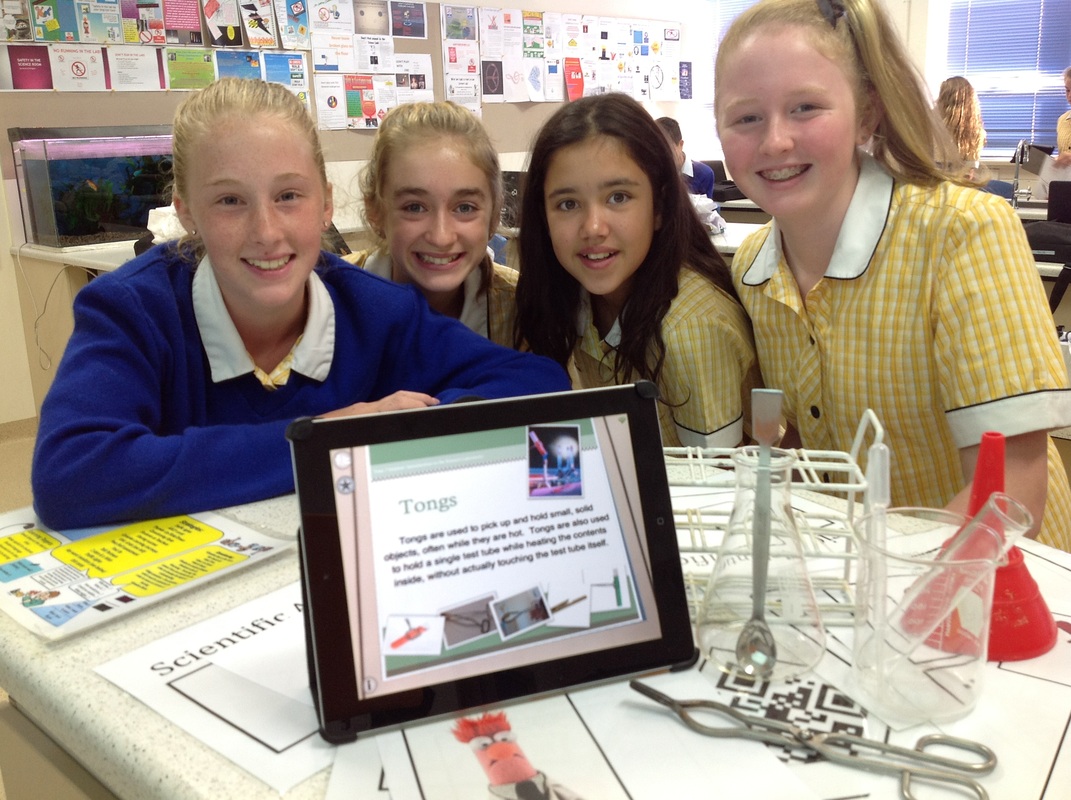Standard 3: Plan for and implement effective teaching and learning
2016 - 2018 Application
For my teaching to be effective, I recognise that there is a need to create learning opportunities for students that are engaging and enriching. The learning community I cultivate must be one in which students feel safe, supported and a genuine sense of belonging. I strive to implement lessons which incorporate a range of teaching strategies, challenge students, are thoroughly planned, logically structured and yet not so predetermined that they are impervious to the learning pace and style of my students and their interests.
As per the Carey model I always aim to provide students with instructions/activities which meet the four main principles of a great lesson; purpose, progress, feedback and challenge.
EXAMPLE 1: Learning Intentions and Success Criteria
By continually challenging and engaging students in their learning I believe they will remain motivated and interested. Therefore, it is vital that I find ways to establish challenging learning goals that are realistic, achievable, and meaningful for the students. It is equally important that the students are aware of these learning intentions. As standard practice I ensure that the Learning Intentions and Success Criteria are displayed in the classroom. I also invite students to regularly assist in developing these intentions and criteria as a way of being active participants in their learning. More recently I have enjoyed discussions with students around the Carey attributes and how these might be demonstrated or assessed during lessons.
EXAMPLE 2: Reimagining FYI
After teaching Year 9 FYI for the past Semester (and having a challenging group of students!) I have spent some time redeveloping and reimagining the course so that it is more accessible to all students. I have focused on the Carey Attributes and have built in more ways in which students can interact with the community and seek assistance from other sources. I have also used this opportunity to develop this revised subject in our new Learning Management System Canvas
EXAMPLE 3: Coding for the Year 8 Rural Experience
As a trial I have worked with a small group of Year 8 students and assisted them in learning to code by recreating the rural town they will visit for their weak long field trip. Each group was required to negotiate the accurate sizing and location of a historical building and then build it using appropriate materials found in the area. Once the scaled model had been constructed, students turned a robot into a tour guide by coding the robot to manoeuvre through the town pausing at places of interest and giving a detailed analysis of life in a country town.
EXAMPLE 4: Year 7 Doll House Project
For the past few years I have been heavily involved in planning and orchestrating the Year 7 Dwelling Project where students are encouraged to become logical thinkers as they seek to find a solution to a real issues. Students take on a profession and develop a dwelling based around the design thinking process. Engineers make solar powered lighting and cars. Interior designers create wall paper and soft furnishings. Fashion Designers construct a persona for a peg doll character. Carpenters design the dwelling and the furniture. Chefs create minute food and Media designers bring to life a digital story. After two action packed days, many negotiations, a strict budget and a sprint to pull it all together 35 unique dwellings are given through our partnership with Baptcare as a Christmas present to those who may be experiencing hardship.
For my teaching to be effective, I recognise that there is a need to create learning opportunities for students that are engaging and enriching. The learning community I cultivate must be one in which students feel safe, supported and a genuine sense of belonging. I strive to implement lessons which incorporate a range of teaching strategies, challenge students, are thoroughly planned, logically structured and yet not so predetermined that they are impervious to the learning pace and style of my students and their interests.
As per the Carey model I always aim to provide students with instructions/activities which meet the four main principles of a great lesson; purpose, progress, feedback and challenge.
EXAMPLE 1: Learning Intentions and Success Criteria
By continually challenging and engaging students in their learning I believe they will remain motivated and interested. Therefore, it is vital that I find ways to establish challenging learning goals that are realistic, achievable, and meaningful for the students. It is equally important that the students are aware of these learning intentions. As standard practice I ensure that the Learning Intentions and Success Criteria are displayed in the classroom. I also invite students to regularly assist in developing these intentions and criteria as a way of being active participants in their learning. More recently I have enjoyed discussions with students around the Carey attributes and how these might be demonstrated or assessed during lessons.
EXAMPLE 2: Reimagining FYI
After teaching Year 9 FYI for the past Semester (and having a challenging group of students!) I have spent some time redeveloping and reimagining the course so that it is more accessible to all students. I have focused on the Carey Attributes and have built in more ways in which students can interact with the community and seek assistance from other sources. I have also used this opportunity to develop this revised subject in our new Learning Management System Canvas
EXAMPLE 3: Coding for the Year 8 Rural Experience
As a trial I have worked with a small group of Year 8 students and assisted them in learning to code by recreating the rural town they will visit for their weak long field trip. Each group was required to negotiate the accurate sizing and location of a historical building and then build it using appropriate materials found in the area. Once the scaled model had been constructed, students turned a robot into a tour guide by coding the robot to manoeuvre through the town pausing at places of interest and giving a detailed analysis of life in a country town.
EXAMPLE 4: Year 7 Doll House Project
For the past few years I have been heavily involved in planning and orchestrating the Year 7 Dwelling Project where students are encouraged to become logical thinkers as they seek to find a solution to a real issues. Students take on a profession and develop a dwelling based around the design thinking process. Engineers make solar powered lighting and cars. Interior designers create wall paper and soft furnishings. Fashion Designers construct a persona for a peg doll character. Carpenters design the dwelling and the furniture. Chefs create minute food and Media designers bring to life a digital story. After two action packed days, many negotiations, a strict budget and a sprint to pull it all together 35 unique dwellings are given through our partnership with Baptcare as a Christmas present to those who may be experiencing hardship.
|
|
|
|
2016 - 2018 Application
In order to ensure that my teaching is effective and connects with a diverse group of students, I strive to implement lessons which incorporate a range of teaching strategies, challenge students, are thoroughly planned, logically structured and yet not so predetermined that they are out of step with, and impervious to, the learning pace and style of my students, their interests and capabilities. When deciding which materials to use and what kinds of activities to undertake with my classes I endeavour to choose those that will be meaningful and authentically engage students. Where possible I select those materials that might best connect with students’ life worlds. In the 21st Century learning by discovery is essential – students must themselves search for problems, patterns and solutions. They must be involved in well organized, coherent and engaging learning sequences where they constantly evaluate their own learning. I acknowledge that students learn in profoundly different ways and that there is no single approach to teaching or learning that will be effective or adequate for all of the students in my class. For me to connect with as many of my students as possible, I have developed a varied repertoire of teaching strategies so that the learning experiences I create are dynamic and match their needs more sensitively. It is important for me also to reflect regularly on my own teaching practices, my construction of knowledge, and the learning experiences I have created in order to improve the efficacy of what I do as a teacher, and to remain responsive to the individuals changing learning needs. Having a conscious awareness of and alertness to the particular values, beliefs, experiences, expectations I bring to the classroom, and routinely reviewing and critiquing the impact these may be having on my students and the learning opportunities I make available to them, are imperative to ensuring all learners are being treated equitably and fairly and that no student is being left behind. EVIDENCE: As a leading teacher I have demonstrated exemplary practice and encourage students and teachers to pursure challenging goals in the following areas:
2013 - 2015 Application It is fundamentally important that teaching and learning facilitates accelerated and deep learning, promotes creative and innovative thinking and inventiveness, engages students in real world issues, encourages them to solve authentic problems and promotes reflection, collaboration and knowledge construction. As a leading teacher I have demonstrated exemplary practice and encourage students and teachers to pursure challenging goals in the following areas:
|
|
